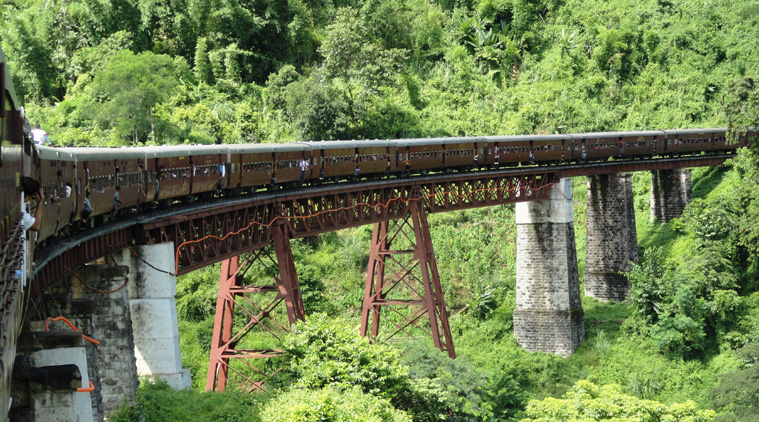Saichal, Nov 11 : Till last month, Saichal, a remote village in Champhai district in east Mizoram, had never reported any crime. But that changed last week, with the arrest of a school teacher, H Lalhmingmawia, 30, on charges of molesting at least 27 students — aged between eight to 12 years — since 2011.
The village of about 200 families — most of them related to one another — is still in shock. “Frankly, we don’t even know how we ought to feel,” said P L Zuiliana, a resident.
It was Zuiliana who first heard a group of school girls discussing their teacher’s behaviour on the evening of November 2. “I scolded them and told them not to accuse someone with lies, but one of them replied, ‘It’s not a lie, he touched me till I started bleeding.’ That’s when they got my attention,” recalled Zuiliana.
As word spread, some parents met that night to discuss the issue. Among them was a retired teacher of the lone government primary school in the village — the grandfather of a girl who was allegedly raped thrice by Lalhmingmawia, the last time on October 30. “The next day, we went to the school and told a teacher about what we had heard. We started talking to the girls and made a list of all those who said they had been molested.
In all, 32 girls told us the teacher had touched them in an inappropriate manner,” said the retired teacher.
The police later said 27 girls had been molested. “I asked my granddaughter why she never said anything to me or to her parents or why she did not just cry for help. She said she was always raped behind closed doors,” said the retired teacher.
According to parents of the victims, Lalhmingmawia would ask those who did not know their lessons to stay back for extra classes. That was apparently when he used to molest them.
“We did not see the signs. The girls would wear leggings even when it was very warm. We would scold them, but they would insist on wearing leggings… They also hated the sessions when the teacher asked them their lessons,” said the mother of a victim.
The villagers pointed out that the teacher was an active member of the church’s local Christian youth unit, and was a father of three children — the older two attend the same school. He was hired by the village employment committee in 2011, with the villagers contributing their NREGA wages to pay his salary.
“We are a small village but we wanted to give our children a good education. We got the primary school upgraded to an English medium school in 2011, but we only had one regular teacher who was the headmistress. There were two non-regular teachers employed under the SSA, but we thought it would be a good idea to get a regular teacher from the village and pay him from our own pocket,” said Zohmangaiha, president of the village council.
A day after the matter came to light, the parents of all the schoolchildren were called for a meeting. “Of course some of us were angry and wanted to go to the teacher’s house and take the law into our own hands, but most agreed that we should call the police. The girl’s grandfather reasoned that we should go by law. We respected his plea because he is one of the most educated men here and is also a leader of the church. We have never had a crime in this village, let alone something like this, so we were clueless about what to do,” said C Lalnunpuia, a community leader and vice-president of the village’s Young Mizo Association unit, the state’s largest mass-based voluntary organisation.
On the evening of November 4, Lalhmingmawia went to the retired teacher’s house. “He made some excuse about wanting to talk to my granddaughter… I got very angry and told him he was not allowed to meet her,” said the retired teacher.
The same evening, a contingent of riot police arrived in the village. “We were all surprised. We did not know what they were doing in our village,” said Lalnunpuia. It turned out the child protection office in Champhai had heard of the goings-on at Saichal, and had sent a police team to prevent any violence.
“There was no violence,” said a police officer who was part of the group that arrived in the village. “The only way I can explain the situation is that these villagers are really very innocent. There has never been a crime there and they just did not know what to do.”
The police contingent arrested Lalhmingmawia and took him to Ngopa, the nearest town. Two days later, he was taken to Champhai, the district capital, and sent to judicial custody.











 A 47-km portion encircling the picturesque hill station of Haflong has
remained untouched, including its century-old buildings mostly made of
stones and timber. (Source: Samudra Gupta Kashyap)
A 47-km portion encircling the picturesque hill station of Haflong has
remained untouched, including its century-old buildings mostly made of
stones and timber. (Source: Samudra Gupta Kashyap)


